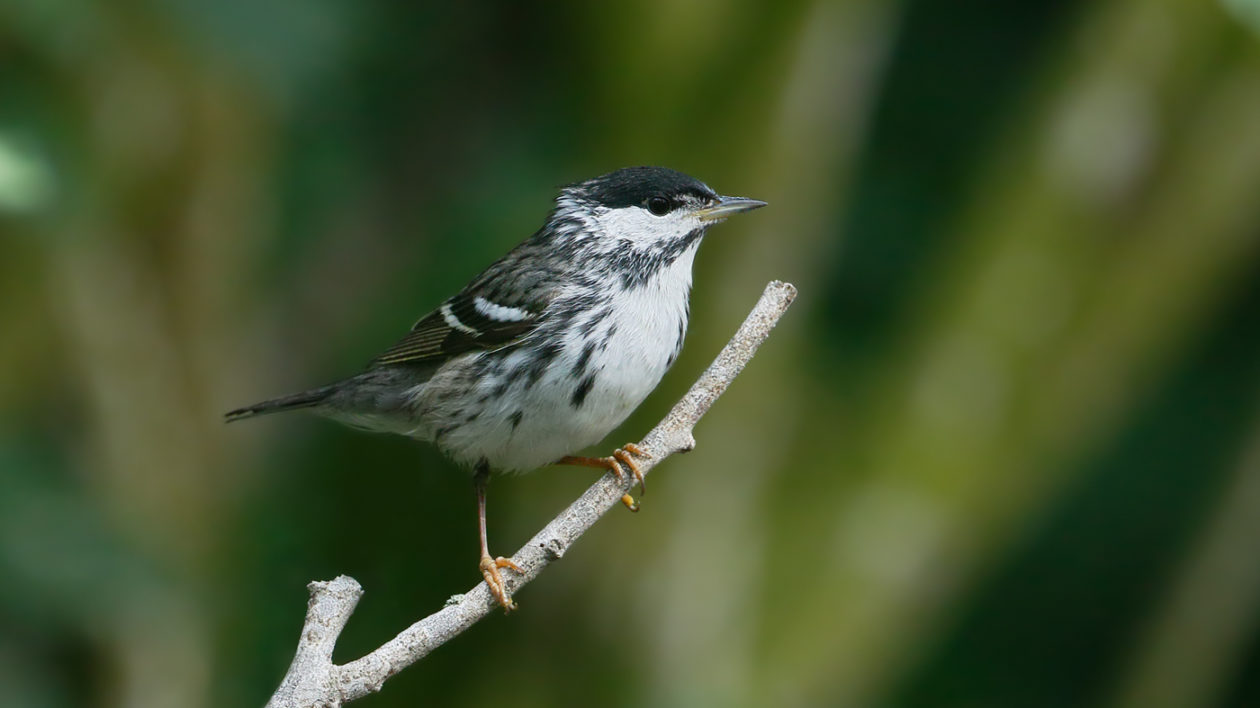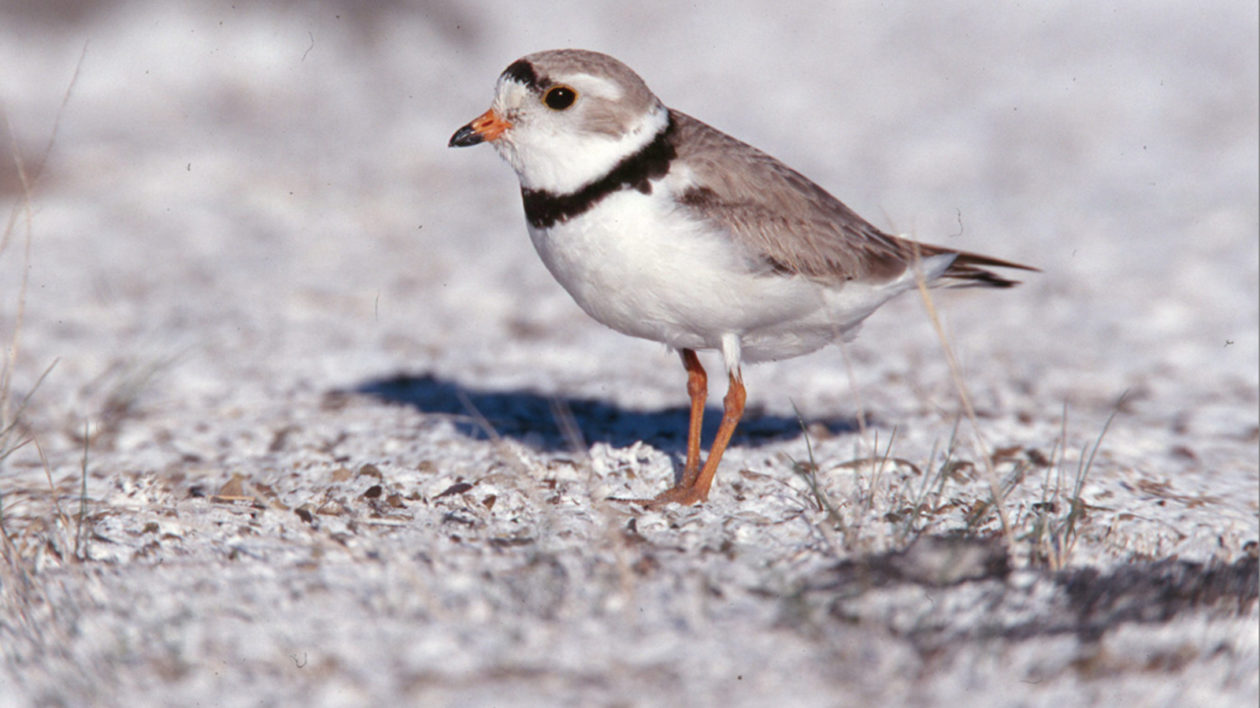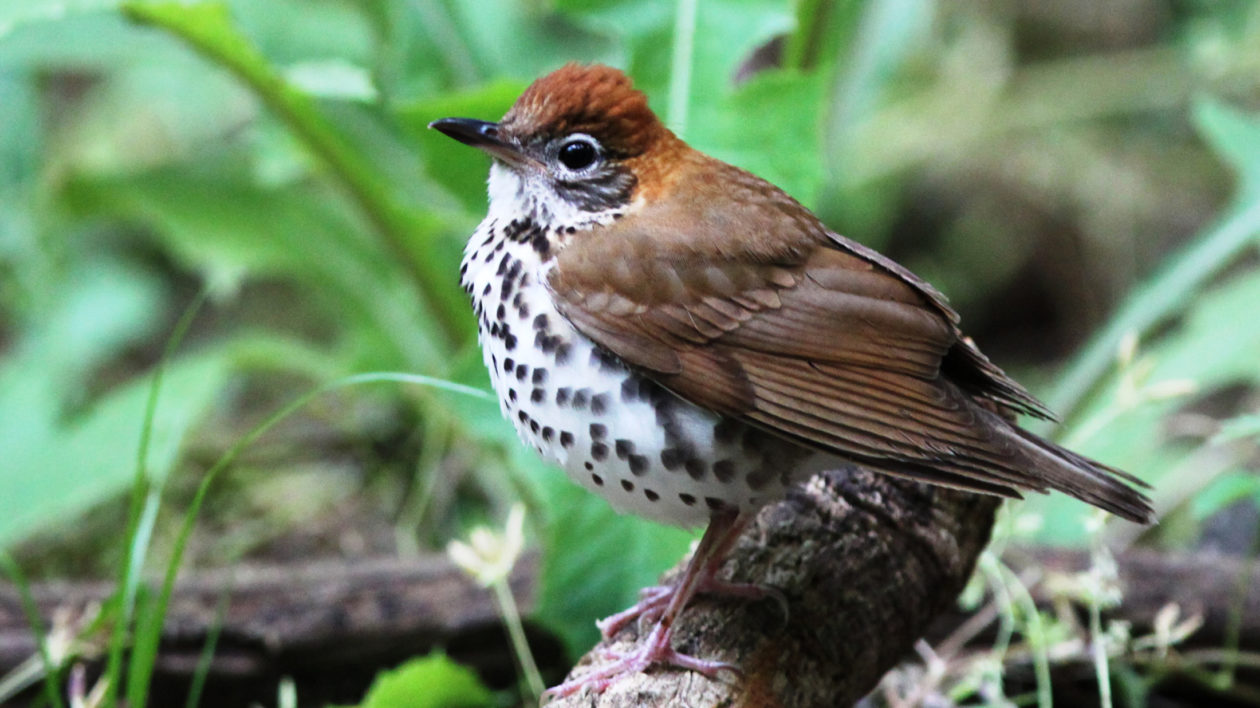Conservationists across the United States celebrated in February when a massive public lands package was signed into law. It reauthorized the Land and Water Conservation Fund. It protected more than a million new acres of wilderness. It added three national parks.
But one item was often overlooked in the flood of good conservation news: The bill added a five years to the Neotropical Migratory Bird Conservation Act.
It’s a mouthful to say, and on its surface doesn’t sound all that thrilling, but dig deeper and you’ll find the Act has given more than $66 million to conserving birds across 36 countries.
The goal of the more well-known Migratory Bird Treaty Act is to protect North America’s winged travelers. The goal of the Neotropical Act is to put money into conserving and improving habitat for those species.
What birds, exactly, does it help?
More than 380 bird species occupy the list, and they vary from the snow goose and glossy ibis to the black vulture and Arctic tern. Consider these three species and the epic journeys they undertake.

Blackpoll Warblers: From Eating Machines to Flying Machines
Theories abounded. Blackpoll warblers – the tiny songbird flitting around boreal forests – must make some kind of record-setting migration.
Some researchers thought perhaps they flew directly from the northeast portion of the U.S. to South America. Or perhaps they jumped from Florida to the Caribbean islands.
In 2013, wildlife biologists finally found geolocating backpacks small enough for the birds that weigh about as much as a quarter, says Bill DeLuca, an ecology researcher at the University of Massachusetts.
And then they had their answer.
One of the common songbirds in North America does, indeed, make an epic migration. Some travel as far as from Nome, Alaska, across North America to the mid-Atlantic before leaving on a three-day nonstop flight to Venezuela or Colombia. At more than 13,000 miles, it is one of the longest recorded roundtrip migrations for small a small songbird, DeLuca writes in his research published recently in the journal Ecology.
What’s even more impressive is how their bodies physiologically change from eating machines to flying machines.
“They eat a bunch and eat a bunch and fatten up, and minimize their digestive organs so they are efficient,” DeLuca says. “All they are is fuel, wings and navigation.”
They’re also one of the fastest declining songbirds in North America, likely because of habitat loss and degradation on their stopover and wintering grounds.
Now that wildlife researchers know definitely where they travel, though, they can begin to focus on how to keep their populations sustainable.

Piping Plovers: Fellow Beach Combers
Humans and piping plovers have one really big thing in common: They both love the beach.
Unfortunately for the plover, our beachside activities aren’t really compatible.
“Their nests are in the sand. It’s just a scrape, no leaves or any indication what they are, and they look like stones,” says Matthew Jeffery, director of the National Audubon Society’s International Alliances Program.
That means a casual beachgoer – even one who cares about the native flora and fauna and would not intentionally crush a plover egg – might not notice what they crunched. “Little land mines,” he calls them.
Feral cats, dogs frolicking on the beach, dune buggies driving along and coastal development have taken such a toll that the piping plover is listed as an endangered species in the Great Lakes and threatened species on the Northern Great Plains and Atlantic coast. Protections in the U.S. helped – beaches are cordoned off during breeding season and predators are controlled — but still their populations have remained stagnant at best and dropped at worst.
The problem, researchers realized, was likely on their winter range.
Except no one knew where they wintered. Even after a discovery in 2006 showing 400 piping plovers wintering in the Bahamas, researchers likely only know where half the population spends much of its year, says Jeffery.
Finding more wintering grounds – and improving the ones we know about – is where grant money through the Neotropical Migratory Bird Act comes in.
“It is a charismatic little bird, but probably not the brightest. They are a focal species, one that represents a greater number. By focusing on one species we are taking care of 20 to 30 other species.”

Wood Thrush: A Sign of Spring Loses Territory
Depending on where you live, changing seasons are often marked by the arrival, or departure, of certain species. Juncos move down from the boreal forests in the fall. Snow geese follow early winter storms south. But little says spring east of the Mississippi more than the wood thrush’s song.
Their melodic tones emanate from forests in 36 states, but their population has declined by about 60 percent in the last half century. Why?
Good question.
“The latest data is death by 1,000 cuts,” Jeffery said. “They’re losing territory from landscape changes and harvest practice changes in the forest.”
The official bird of Washington D.C. is also suffering from fragmented forests and an overabundance of deer clearing out forest understory.
Outside of the U.S., they are particularly susceptible to climate change as swings in weather patterns shift them around Central America and drought causes them to continue searching for meals of insects and snails, which in turn contain mercury from pollution.
All is not lost, though. As with the blackpoll warbler and piping plover, advances in migration science are allowing researchers to pinpoint where this sign of spring can use the most help.




Let’s all bear in mind that loss of habitat for birds and other living things is a direct result of human overpopulation. We should remember this whenever we hear about such human-caused atrocities as loss of biological diversity and climate change.
What has been done about the 2018 move of the Trump administration sapping the strength of a century-old law to protect birds, issuing guidance that the law would not be used as it has been to hold people or companies accountable for killing the birds?
Are there any lawsuits to block this outrageous move in support of the fossil fuel cartel?
What research is being done on the wintering grounds of hummingbirds? All information will be greatly appreciated! I am watching them for years but have noticed that their presence where I live fluctuates according to the weather. In years when we have drought here in the Southwest, I see significantly higher number of species and individuals. The intermittent years of higher snow and rainfall I see fewer of both. I am wondering if there is less migration to higher altitudes ( I am at 6,800 feet) when there is more blooming vegetation lower down and at their wintering grounds. Why expend the energy to fly up here when there is more to eat lower down. By profession I am a Biology teacher for grades 9 through 12. Any and all input would greatly appreciated. Thank you!
The canary in the coal mine is screaming at us.
We had better listen.
Limit our population, conserve at least 50% for non-human habitat.
We will need a smaller and more technically trained future population anyway, as automation becomes increasingly prevalent. Those that design, manufacture parts and materials for, build, install, maintain, repair and manage the automation can demand higher incomes, so the taxes/social services balance is preserved. Fewer people = healthier communities, less demand on limited resources, and a healthier planet.
Very encouraging. Thank you.